
Data from the CENTAUR trial showed that the monthly rate of decline measured by ALSFR-S was 0.42 points slower for patients treated with the combination agent AMX0035.

Matt Hoffman, Editorial Director for NeurologyLive, has covered medical news for MJH Life Sciences, NeurologyLive’s parent company, since 2017. He executive produces the NeurologyLive Mind Moments® podcast, and hosted the Medical World News show Deep Dive. Follow him on Twitter @byMattHoffman or email him at [email protected]

Data from the CENTAUR trial showed that the monthly rate of decline measured by ALSFR-S was 0.42 points slower for patients treated with the combination agent AMX0035.

The findings support the integration of sleep assessments into routine developmental screenings in school and primary care settings.

Pooled data from 2 clinical trials of the H3-receptor antagonist/inverse agonist show it improved cataplexy and excessive daytime sleepiness in patients with narcolepsy who were most hampered by symptoms.

After wearing the noninvasive device, 62% of TETRAS-rated patients and 68% of BF-ADL-rated patients whose tremors were rated as "severe" or "moderate" improved to "mild" or "slight" scores.
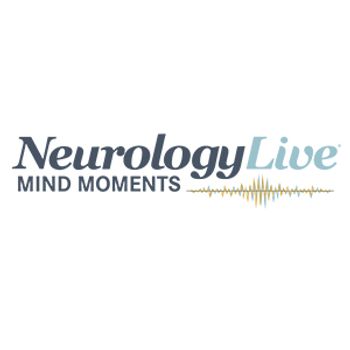
"Mind Moments," a podcast from NeurologyLive, brings you an exclusive interview with Rajesh Pahwa, MD.

Multiple abstracts at SLEEP 2020 show CBT-I’s success in aiding women with insomnia, including those going through pregnancy, and those who are veterans both with and without PTSD.

Howard Fillit, MD, founding executive director and chief science officer of the Alzheimer's Drug Discovery Foundation and clinical professor of geriatric medicine and palliative care, medicine, and neuroscience at Mount Sinai School of Medicine, detailed the role telemedicine plays in treating Alzheimer disease.

The first-in-class CH24H inhibitor was associated with a reduction in seizures and seizure frequency in an early analysis of the phase 2 ELEKTRA study, with plans to initiate the move to phase 3 in Dravet syndrome.
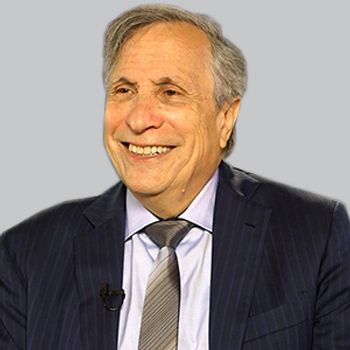
A group of international experts in the treatment of multiple sclerosis offer their varying viewpoints on the history, identification, and management of the disease.

The authors noted that taken together, the findings suggest that either hearing impairment may affect brain atrophy and neuropathologic burden or that underlying pathologies may impair functional hearing abilities, even prior to dementia onset.

The investgators noted that the absences before the tonic-clonic convulsions can be as short as 5 seconds, suggesting they may be more frequently occurring than those being observed or reported.

The data support and extend the safe use of combination treatment with rimegepant and CGRP monoclonal antibodies in migraine that was initially reported in 2 earlier cases.

Novartis’ anti-CD20 monoclonal antibody ofatumumab (Kesimpta) is administered once monthly at home, and is expected to be available for those with multiple sclerosis as early as September 2020.

The presence of laryngeal movement disorders—identified in 93% of the MSA group—may serve as a diagnostic biomarker of MSA independent of phenotype, disease duration, or patient age.
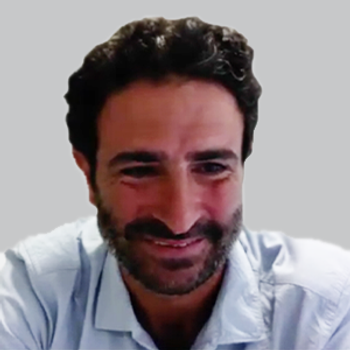
The head of the Non-Invasive Brain Stimulation Lab at the Santa Lucia Foundation spoke to the challenges in Alzheimer research, biomarkers, and the next steps for rotigotine in this population.

For both surgical and nonsurgical patients, delirium may play a role as an independent risk factor for long-term cognitive decline, implying that the reduction of the former may improve the latter.

The head of the Non-Invasive Brain Stimulation Lab at the Santa Lucia Foundation discussed the phase 2 findings and offered takeaways on rotigotine’s possible place in Alzheimer treatment.

"Mind Moments," a podcast from NeurologyLive, brings you an exclusive interview with Richard Finkel, MD.

The director of the Sagol Center for Hyperbaric Medicine and Research at Yitzhak Shamir Medical Center explained his research with hyperbaric oxygen therapy and explored the potential it may hold as a regenerative treatment.

Notably, the data unveiled a previously unreported link between a positive family history of parkinsonism and dementia, and carbon monoxide poisoning.
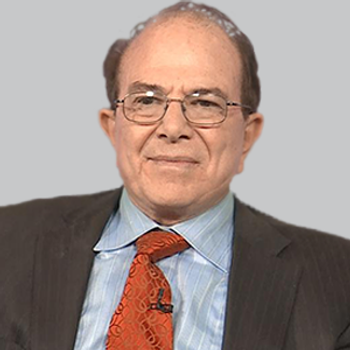
A review of clinical literature and evidence suggests that the gammaCore device (electroCore) is safe and effective in the treatment of cluster headache and migraine, and carries potential to treat more.

The director of the Sagol Center for Hyperbaric Medicine and Research at Yitzhak Shamir Medical Center offers insight into the attempt to regenerate injured tissue in the brain as a way to potentially treat Alzheimer disease and dementia.

A cohort study showed that those with relapse activity who received DMTs accounted for a greater percent of time with a reduced Multiple Sclerosis Severity Score progression slope during SPMS.

The full data from the ASCLEPIOS I and II trials suggest that the Novartis agent ofatumumab is superior to teriflunomide in reducing annualized relapse rates and other measurements of disease progression in MS.

Adding to a flurry of pipeline movement since July, 2 more rare disease agents—VTA-110 for DMD and arimoclomol for NPC—have made positive steps in their clinical development recently.

The agent, marketed under the brand name Evrysdi, is the first at-home therapy indicated for treatment of adults and children with SMA.

Through a joint initiative with Bill Gates, a $3.3 million funding influx will go toward the Strategically Focused Research Network on Health Technologies and Innovation program’s fifth network center.
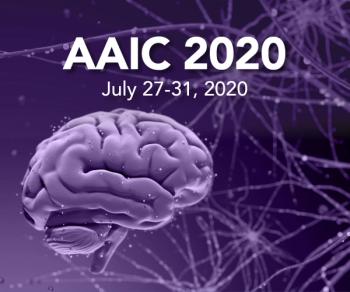
Data from 2 posters presented at AAIC 2020 suggest that there is an unmet need for safe and effective treatments for patients who experience dementia-related psychosis.

The gepant agent significantly reduced mean monthly migraine days across all 3 doses—10 mg, 30 mg, and 60 mg—compared with placebo over the 12-week treatment period.

"Mind Moments," a podcast from NeurologyLive, brings you an exclusive interview with Jeffrey Cummings, MD, ScD.